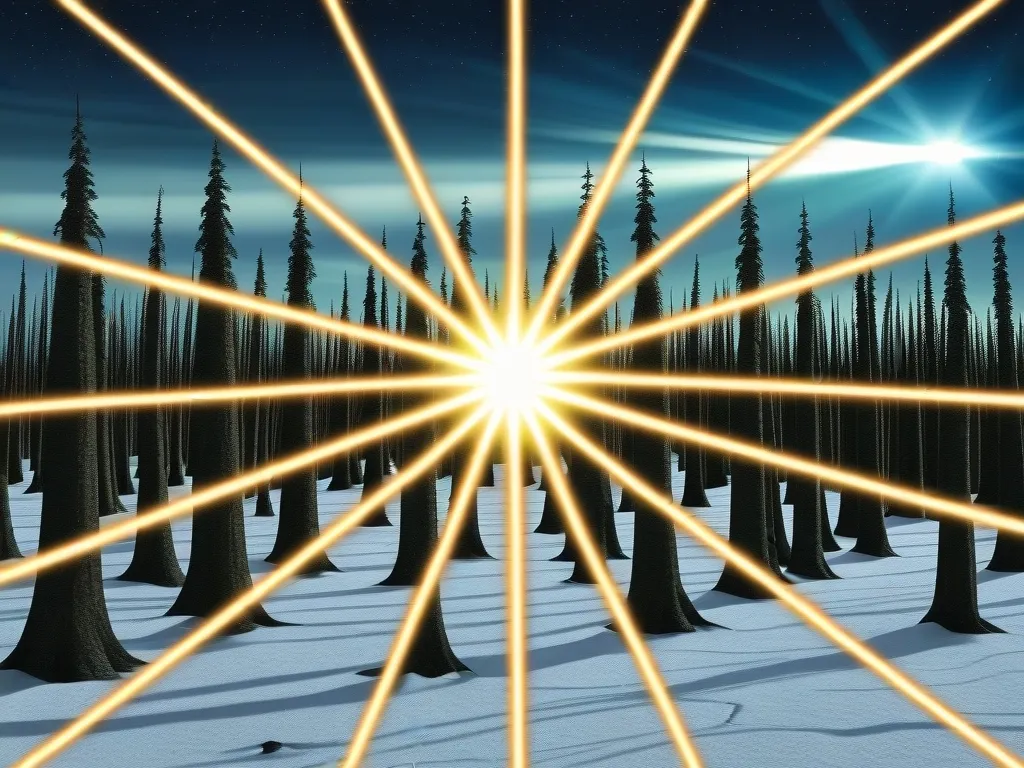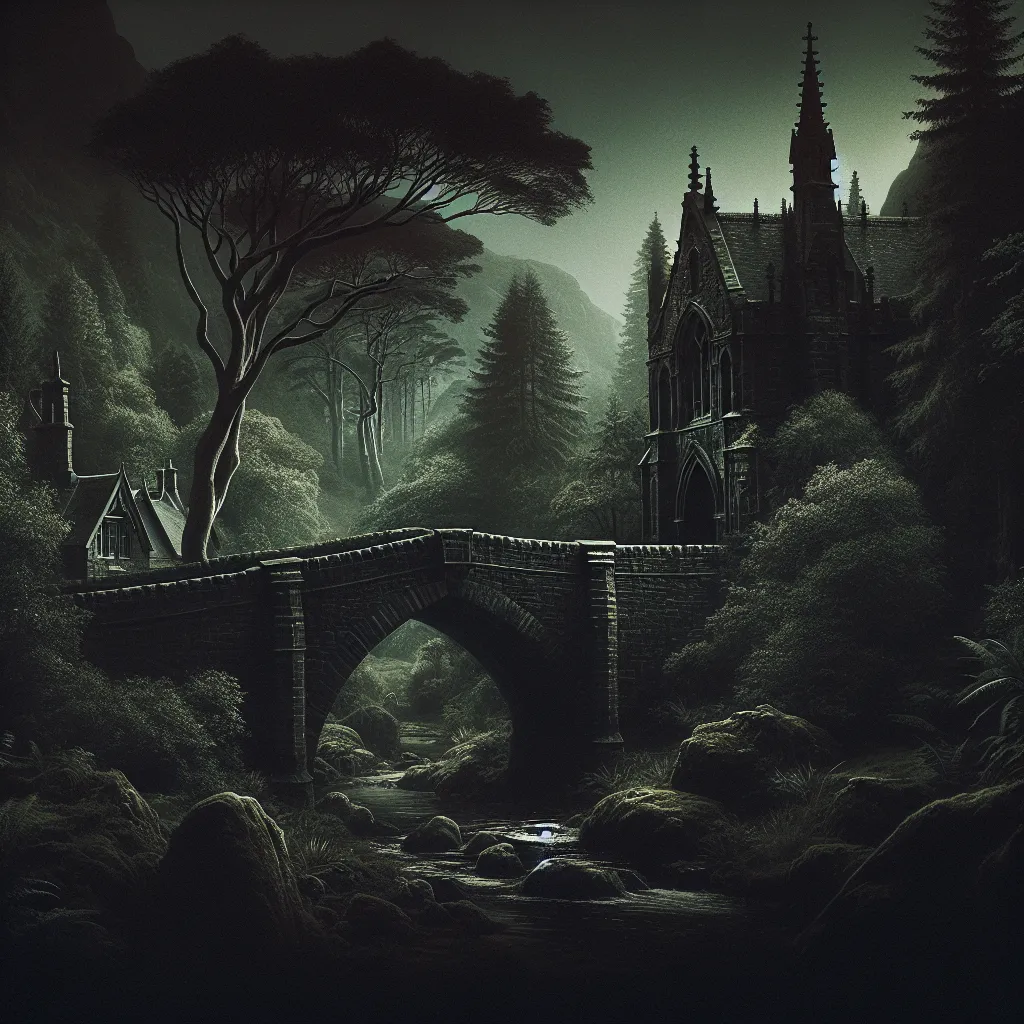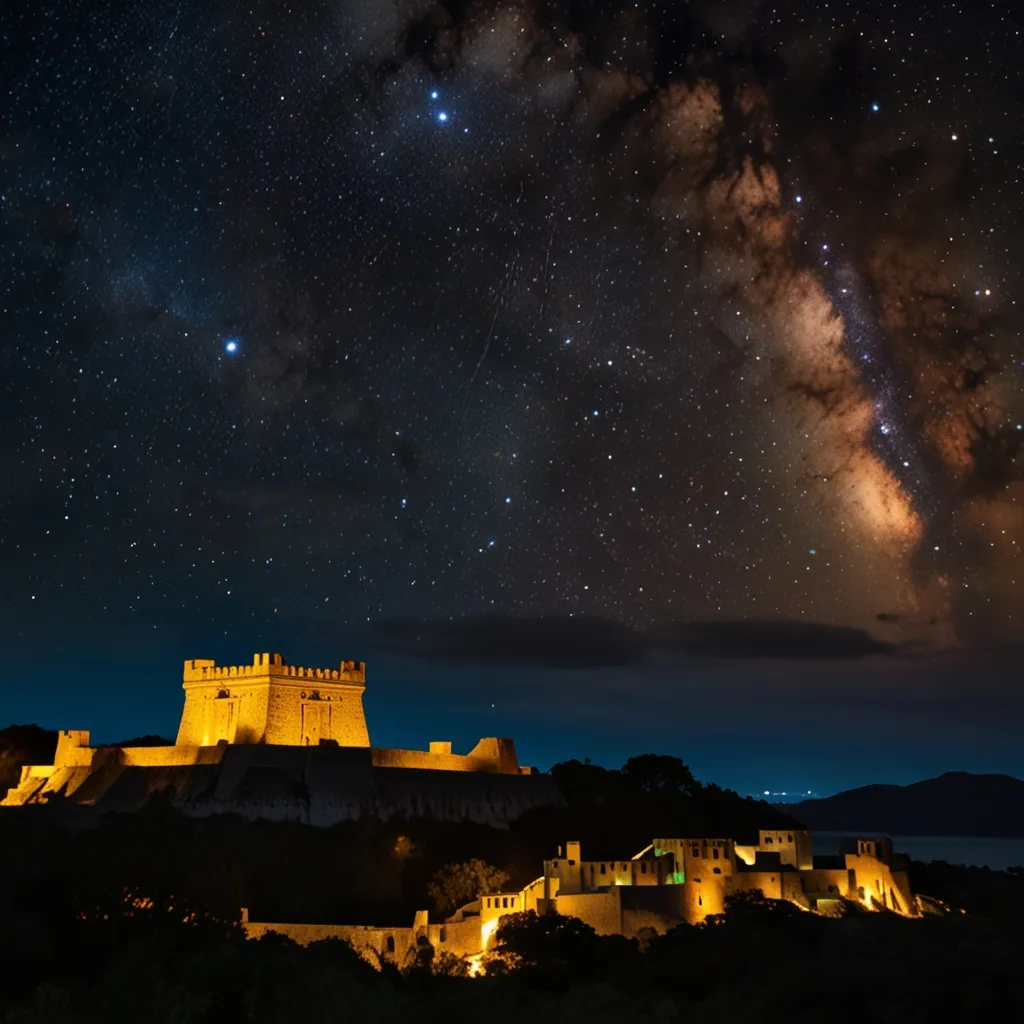The Tunguska Event: A Cosmic Mystery That Still Baffles Us
Imagine waking up one morning to a blinding flash of light, followed by an earth-shattering explosion that flattens everything in its path. This isn’t the opening scene of a sci-fi movie - it’s what actually happened in the remote Siberian wilderness on June 30, 1908.
The Tunguska event, as it’s now known, is one of the most mysterious and intriguing incidents in modern history. It’s a story that combines the raw power of nature, the limits of scientific understanding, and the human tendency to seek extraordinary explanations for the unexplained.
Let’s dive into this cosmic whodunit and explore what we know, what we don’t, and why it continues to capture our imagination over a century later.
The Day the Sky Exploded
Picture this: It’s a quiet morning in the sparsely populated Siberian taiga. The sun is just starting to warm the endless expanse of pine forests. Suddenly, a blinding blue light streaks across the sky, brighter than the sun itself. Before anyone can process what’s happening, there’s a flash so intense it lights up half the sky. Then comes the shockwave.
The explosion was so powerful that it knocked people off their feet and shattered windows hundreds of miles away. The blast flattened an estimated 80 million trees over an area of 2,150 square kilometers - that’s bigger than New York City! It was like Mother Nature decided to play Jenga with an entire forest and lost spectacularly.
The aftermath was equally surreal. The forest was charred but not completely burned - the initial heat had ignited the trees, but the subsequent blast wave extinguished the flames. It was as if some cosmic giant had taken a giant hair dryer to the forest and then immediately hit the cool button.
For weeks after the event, people as far away as Western Europe reported unusually bright nights. Imagine being able to read a book at midnight without any artificial light - that’s how bright it was. It’s like the sky itself was trying to process what had just happened.
The Scientific Explanation (Or Is It?)
Now, you might be thinking, “Surely we must know what caused this by now, right?” Well, yes and no. The scientific consensus is that the Tunguska event was caused by an asteroid or comet exploding in the atmosphere. But like any good mystery, the devil is in the details.
Scientists estimate that the object was about 50-60 meters in diameter - roughly the size of a football field. It entered Earth’s atmosphere at a breakneck speed of around 27 kilometers per second. That’s fast enough to circle the Earth in about 25 minutes!
The explosion occurred at an altitude of 5-10 kilometers, which explains why there’s no impact crater. It’s like the cosmic object decided to go out with a bang before it could reach the ground. The energy released was equivalent to 10-15 megatons of TNT - that’s about 1,000 times more powerful than the atomic bomb dropped on Hiroshima.
But here’s where it gets interesting. Despite numerous expeditions to the area, no one has ever found any significant fragments of the object. It’s as if it vanished into thin air, leaving behind only destruction and questions.
The UFO Theory: When Science Fiction Meets Reality
Of course, whenever there’s a mysterious explosion and a lack of physical evidence, you can bet your bottom dollar that someone’s going to cry “UFO!” And the Tunguska event is no exception.
Some people believe that what happened in Siberia that day wasn’t a natural phenomenon at all, but the crash of an alien spacecraft. It’s a theory that’s been popularized in science fiction and has found a home in the hearts of conspiracy theorists everywhere.
In 2004, a report emerged claiming that an expedition had found debris from an extraterrestrial technical device in the Tunguska region. Cue the X-Files theme music! However, before you start building your tin foil hat, it’s worth noting that this claim hasn’t been substantiated by the broader scientific community.
The idea of an alien spacecraft crashing in Siberia is undeniably cool. It’s the stuff of blockbuster movies and late-night radio shows. But as Carl Sagan once said, “Extraordinary claims require extraordinary evidence,” and so far, the evidence for the UFO theory is about as solid as a chocolate teapot.
Alternative Theories: When Scientists Get Creative
The beauty of the Tunguska event is that it’s spawned a whole host of alternative theories, each more intriguing than the last. It’s like a scientific version of a murder mystery dinner party, where everyone gets to pitch their own wild theory.
Some scientists have suggested that instead of an asteroid, it could have been a comet that caused the explosion. Comets are like the snowballs of space - they’re made up of dust, ice, and frozen gases. The idea is that a comet could have completely vaporized upon impact with Earth’s atmosphere, leaving no obvious traces. This could also explain the glowing skies observed after the event - all that comet dust spreading through the upper atmosphere would have made for some spectacular sunsets.
Then there’s the micro black hole theory. Yes, you read that right - some people have suggested that a tiny black hole could have been responsible for the Tunguska event. It’s an idea that’s more at home in a sci-fi novel than a scientific journal, but it shows just how far people are willing to go to explain this enigmatic event.
The Human Element: Eyewitness Accounts
While scientists debate theories and search for evidence, it’s easy to forget that there were actual people who witnessed this event. Their accounts are both fascinating and terrifying.
One eyewitness described the sky splitting in two, with fire appearing high and wide over the forest. The heat was so intense that it felt like being in the middle of a furnace. Another reported seeing a “ball of fire” slam into the Earth, followed by a massive explosion.
These accounts remind us that the Tunguska event wasn’t just a scientific curiosity - it was a real, terrifying experience for the people who lived through it. It’s like the difference between reading about a hurricane and actually being in one.
The Environmental Impact: Nature’s Reset Button
The Tunguska event didn’t just flatten trees - it had a profound impact on the local environment that lasted for centuries. The area remained largely unoccupied for 300 to 600 years after the event. It’s like nature hit the reset button on that part of Siberia.
The explosion affected the soil’s fertility, possibly due to the intense heat and pressure. It also had a devastating effect on local wildlife, with many herds of reindeer perishing in the blast. It’s a stark reminder of how a single event can reshape an entire ecosystem.
Modern Implications: Lessons from Tunguska
Today, the Tunguska event serves as a wake-up call about the potential dangers lurking in space. It’s like nature’s way of saying, “Hey, pay attention to what’s going on up there!”
NASA and other space agencies have established programs to monitor and defend against potential asteroid or comet impacts. It’s comforting to know that someone’s keeping an eye on the sky, ready to sound the alarm if another Tunguska-like object comes our way.
The United Nations has even designated June 30 as International Asteroid Day, using the anniversary of the Tunguska event to raise awareness about these celestial threats. It’s like having a fire drill, but for the entire planet.
Unanswered Questions: The Mystery Continues
Despite over a century of research and speculation, there are still many unanswered questions about the Tunguska event. What exactly was the object that caused the explosion? How big was it? What was it made of? These questions continue to intrigue scientists and the public alike.
It’s this enduring mystery that makes the Tunguska event so fascinating. In an age where we can map the human genome and send rovers to Mars, here’s an event that still defies complete explanation. It’s a humbling reminder that there’s still so much we don’t know about our universe.
The Tunguska event is more than just a historical curiosity - it’s a cosmic whodunit that continues to captivate us. Whether you believe in the scientific explanation or are drawn to more speculative theories, there’s no denying the event’s impact on our understanding of cosmic threats and our place in the universe.
As we continue to explore and understand our cosmos, the Tunguska event stands as a significant and enduring enigma. It challenges our knowledge, sparks our curiosity, and reminds us of the awesome and sometimes terrifying power of nature.
So the next time you look up at the night sky, remember the Tunguska event. Who knows what other cosmic mysteries are out there, waiting to be discovered - or to discover us?






